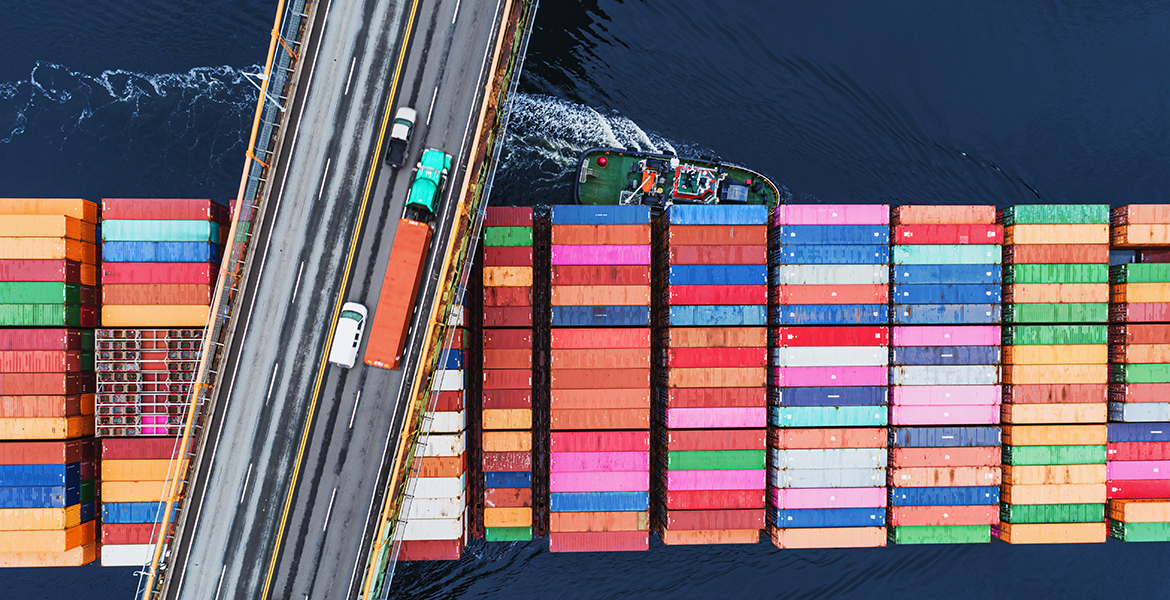-

Insights
Expert views, diverse perspectives
Unlock potential with the latest unique insights from across our dynamic markets
Ideas to make a difference
Today’s complex challenges require bold solutions. See our editor’s picks of news and views.

Global outlook Q2 2024: Decision time
Against a backdrop of monetary policy changes and major elections, our Global Economic Outlook report offers insights on what’s ahead for growth, inflation, FX and rates.

Trade optimism
Five reasons to be positive in 2024.

Sustainable finance
The impact of our growing portfolio.

Private banking
Our new podcast gives you expert insights.
Wealth and investment
In dynamic markets, change is the only constant. Get the latest perspectives to help you keep your wealth goals on track.

Career or investments?
It’s important to prioritise the investment of your most valuable commodity: your time.

Preparing for the 2024 US election
Will November’s vote be bullish or bearish for markets? Our strategist shares her view.

The outlook for China equities
Daniel Lam addresses the question on many investors’ minds: is this rally for real?
Trade and innovation
Find out how the newest trends in trade and innovation are unlocking potential for sustainable, inclusive growth.

Taking advantage of tokenisation
What business leaders and corporates need to know to leverage the latest advances.

Payments regulations on the move
Changes are transforming cross-border treasury operations.

Blockchain’s cross-border benefits
Corporate treasurers can turn challenges into opportunities.
Sustainability and communities
We care about making a positive difference across sectors, geographies and communities. Stay updated on our impact.

Breaking new ground
Bangladesh’s first green bond.

Supplier diversity
How partnersing can bring mutual benefits.

Driving change
Will there be growth in electric vehicles?
More insights
Keep up to date with the newest thinking from across trade, wealth and sustainability.
Thailand travel leader commits to investing in a more sustai…
In a first for the travel and tourism sector in Thailand, renowned accommodation and lifestyle leader, Minor Int…